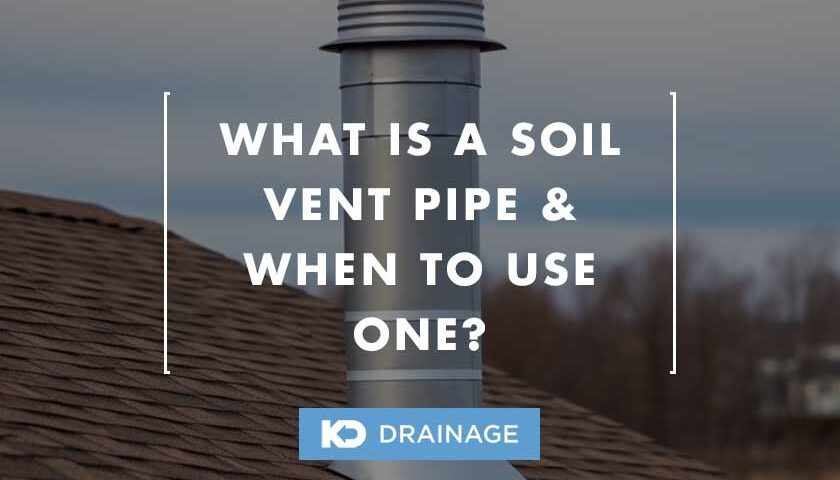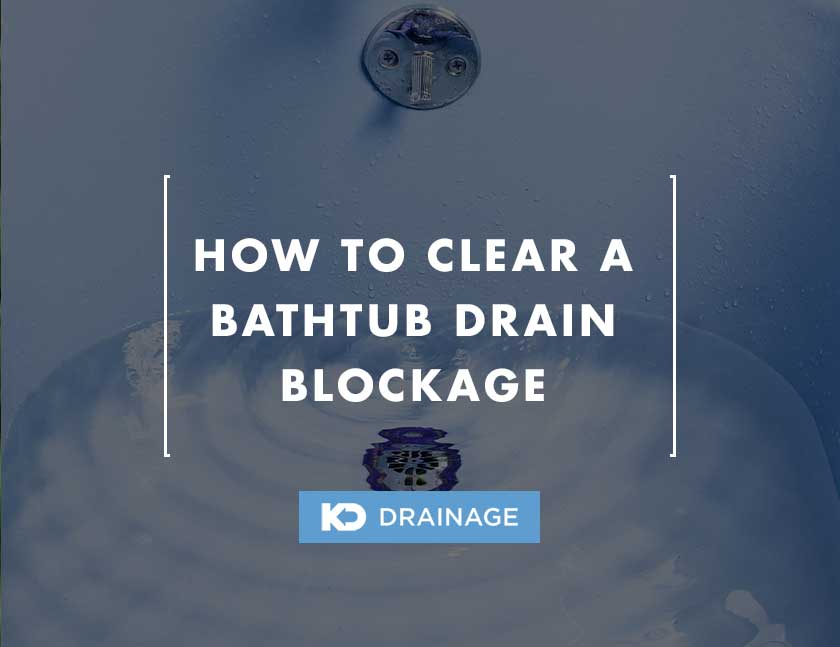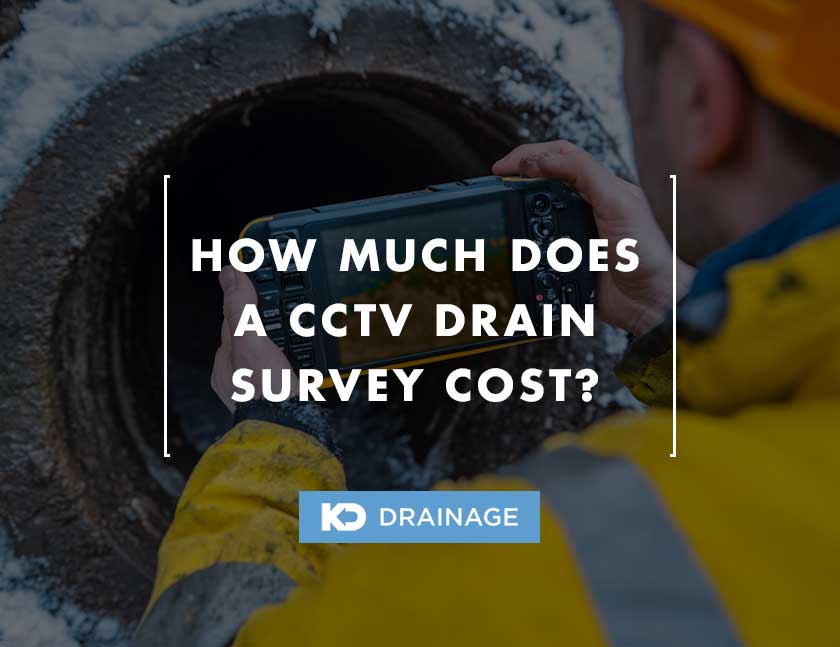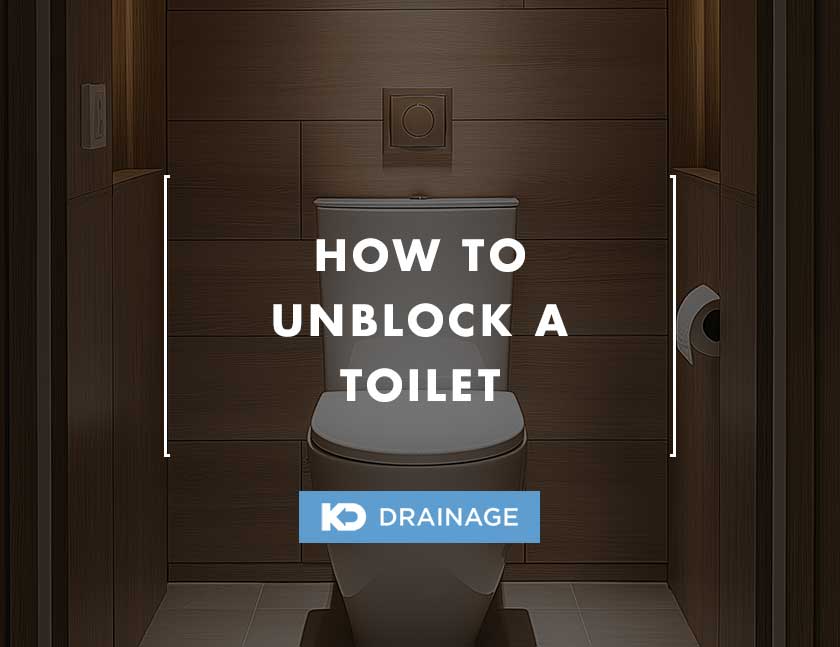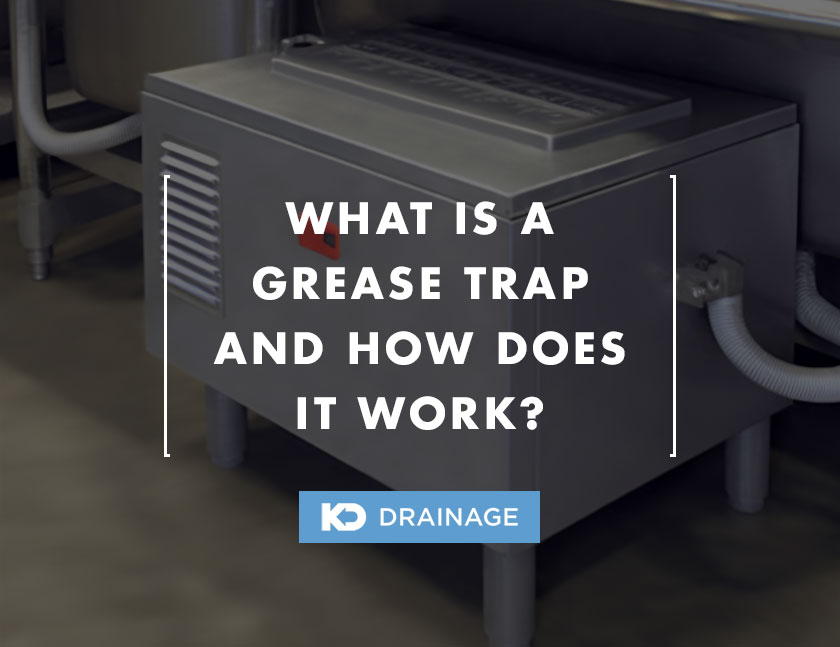
What is a Grease Trap & How Does It Work?
1 November 2023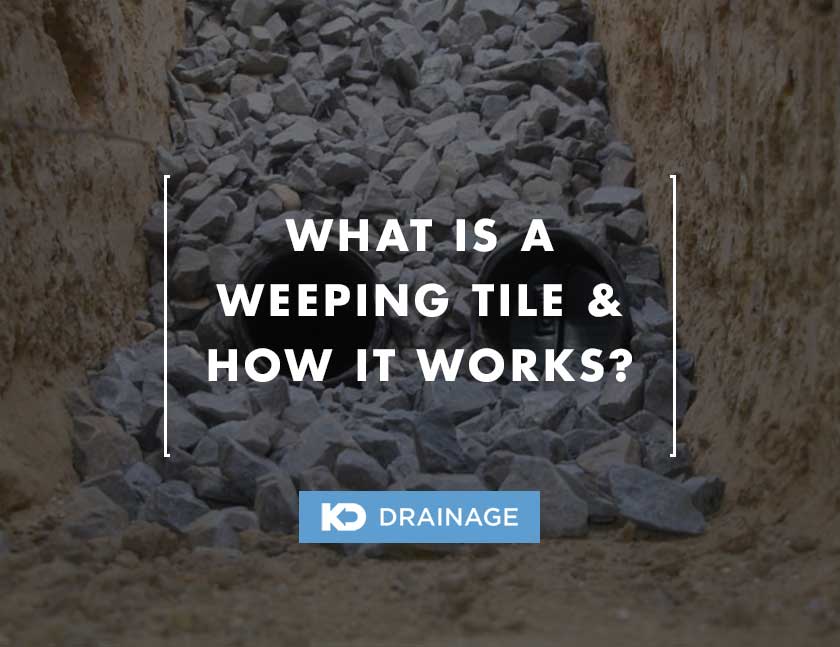
What is a Weeping Tile & How It Works?
1 January 2024What is a Soil Vent Pipe & When to Use One?
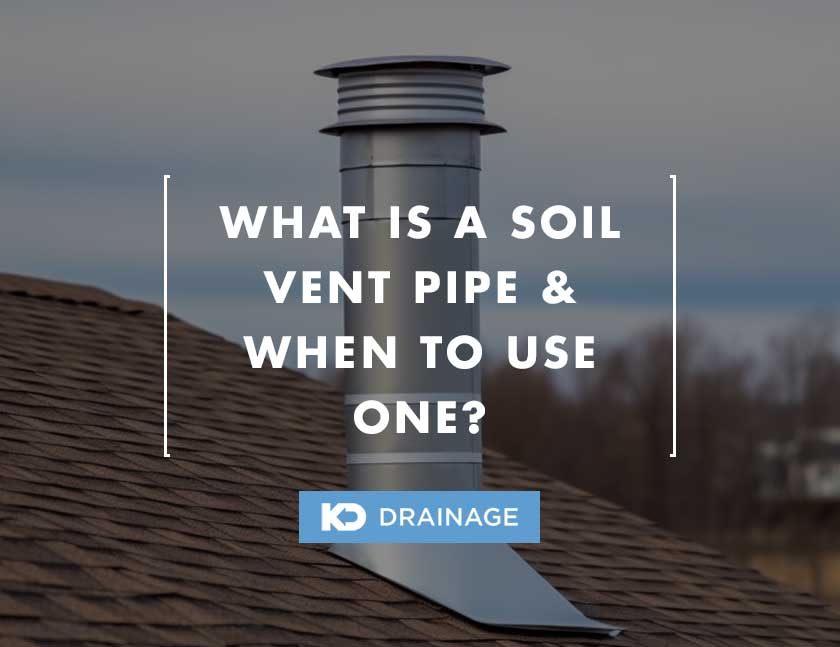
In the tangle of pipes under our buildings, the soil vent pipe quietly does a vital job.
It might not get much attention, but it’s a crucial part of our plumbing.
Understanding how it works gives us the power to tackle plumbing problems at home.
In this article we will cover exactly what a soil vent pipe is, how it works, its advantages and disadvantages, and alternatives to soil vent pipes.
Table of Contents
What is a Soil Vent Pipe?
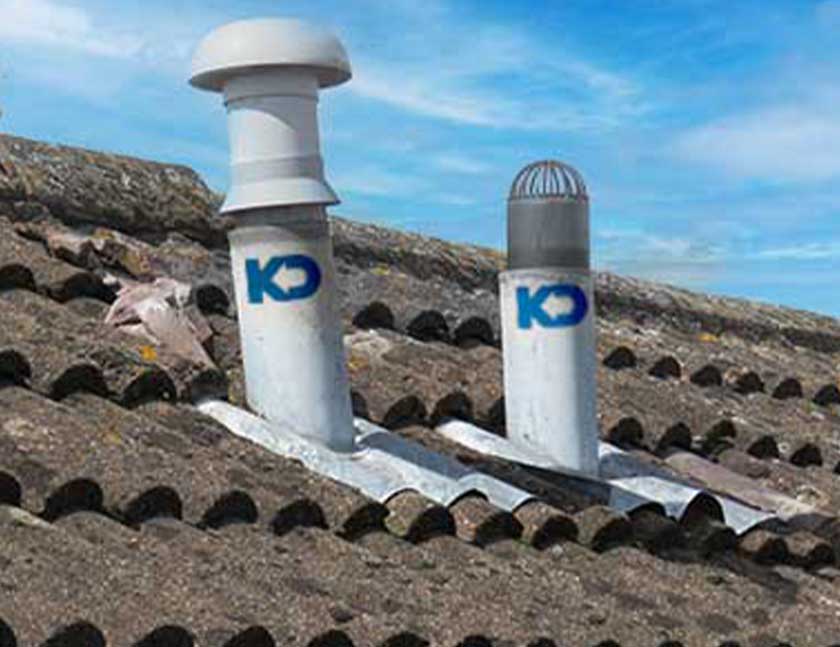
A soil vent pipe, often referred to as a soil stack or vent stack, is a fundamental element of a building’s plumbing system.
This vertical pipe performs a vital role by connecting the interior drainage system to the external atmosphere.
It acts as a ventilation channel, ensuring the safe expulsion of harmful gases that accumulate within the plumbing network.
These gases, which can result from various sources such as sewage, decaying organic substances, or the chemicals used in cleaning processes, pose a potential threat if trapped inside the plumbing system.
The soil vent pipe operates on a basic principle: it allows noxious gases to rise and exit through the pipe, preventing them from permeating the building’s living spaces.
By providing a direct route to the outside environment, this pipe ensures that the indoor air remains free of foul odours and harmful substances.
Typically made of durable materials like PVC, cast iron, or ABS (Acrylonitrile Butadiene Styrene), the soil vent pipe is engineered to withstand the rigours of its function.
It is strategically placed in the building’s structure, often extending vertically from the drainage system, piercing through the roof to open into the atmosphere.
This design allows the gases to disperse safely, maintaining a healthy indoor environment for the occupants.
The harmful gases that the soil vent pipe deals with include methane, a byproduct of decomposing organic waste, and hydrogen sulphide, which emanates from sewage.
Both these gases are not only unpleasant in odour but can also pose health risks if inhaled in significant quantities.
Additionally, the accumulation of these gases could exert pressure within the plumbing system, potentially leading to leaks or inefficiencies in wastewater flow.
How Does a Soil Vent Pipe Work?
The mechanism behind the functioning of a soil vent pipe is akin to the respiratory system of a building, ensuring the smooth operation of the plumbing network and maintaining a healthy indoor environment.
Let’s delve deeper into how this essential component works:
Wastewater Flow
When wastewater from sinks, showers, toilets, and other drainage fixtures flows down the pipes, it displaces the air in the plumbing system.
This displacement creates a vacuum or negative pressure within the pipes.
Vacuum Creation
Without a venting system, this vacuum would create a strong force, pulling water out of the traps – the U-shaped bends in pipes located beneath sinks, showers, and toilets.
These traps are designed to hold water, creating a seal that prevents foul odours and harmful gases from travelling back up into the living spaces.
Syphoning Prevention
If the vacuum pulls water out of these traps, it would break the seal, allowing foul-smelling gases and odours to permeate the house.
This situation can not only be unpleasant but also pose health risks.
Here’s where the soil vent pipe comes into play.
Balancing Pressure
The soil vent pipe acts as a channel for fresh air to enter the drainage system from the outside atmosphere.
This influx of fresh air balances the pressure in the pipes, countering the vacuum created by flowing wastewater.
Preventing Traps from Emptying
By preventing this vacuum effect, the soil vent pipe ensures that the water in the traps remains intact.
This water seal prevents gases and odours from rising back into the house, maintaining a hygienic and odour-free indoor environment.
Maintenance of Plumbing System
Additionally, the soil vent pipe aids in maintaining an optimal pressure balance throughout the plumbing system.
This balance not only prevents syphoning but also ensures the efficient flow of wastewater, preventing blockages and promoting the longevity of the plumbing infrastructure.
When Should You Use a Soil Vent Pipe?
The use of a soil vent pipe is vital in various scenarios with regards to plumbing systems.
Understanding its importance is key to ensuring a functional, hygienic, and safe environment.
Here’s an in-depth exploration of when and why a soil vent pipe should be used:
Multi-Story Buildings
In multi-story buildings, where plumbing fixtures are located far above the main drainage line, the need for a soil vent pipe becomes critical.
The vertical distance between these fixtures and the main drain can be considerable, leading to increased pressure variations and potential drainage problems.
Without a properly installed soil vent pipe, negative pressure can develop in the pipes, leading to issues like slow drainage, gurgling sounds, and foul odours in living spaces.
Preventing Trap Syphoning
Soil vent pipes play a crucial role in preventing syphoning of water traps.
Traps, the U-shaped bends in pipes beneath sinks, showers, and toilets, hold a small amount of water that acts as a seal against sewer gases.
If there’s no vent, the vacuum created during water drainage can suck the water out of these traps, breaking the seal and allowing gases and odours to enter the building.
Hygienic Indoor Environment
One of the primary functions of a soil vent pipe is to ensure that foul smells and harmful gases from the sewer system do not enter the building.
By allowing fresh air into the drainage system and maintaining proper pressure, it prevents the escape of these unpleasant elements into living spaces.
This not only maintains a pleasant atmosphere but also contributes significantly to the overall hygiene of indoor environments.
Preventing Water Hammer
In some cases, when large volumes of water flow through the drainage system, they can create pressure waves known as water hammer.
These pressure waves can cause rattling pipes, banging noises, and potentially damage the plumbing system.
A well-designed soil vent pipe system helps in mitigating water hammer effects by balancing the pressure within the pipes, ensuring a quiet and stable plumbing system.
Compliance with Building Codes
In many regions, building codes mandate the installation of soil vent pipes in specific plumbing setups.
Adhering to these regulations not only ensures the safety and functionality of the plumbing system but also ensures that the building is in compliance with legal standards, preventing potential legal issues in the future.
Advantages of Using a Soil Vent Pipe
The advantages of utilising a soil vent pipe in plumbing systems are multifaceted, contributing significantly to the functionality and hygiene of any building.
Here’s a detailed exploration of the advantages associated with the use of a soil vent pipe:
Balanced Pressure Maintenance
One of the fundamental advantages of a soil vent pipe is its role in maintaining balanced pressure within the plumbing system.
As wastewater flows through pipes, it displaces air, creating a vacuum effect.
Without proper venting, this vacuum can lead to negative pressure, causing several issues.
Water can be syphoned out of traps, breaking the seal that prevents sewer gases from entering living spaces.
Soil vent pipes act as avenues for fresh air, preventing negative pressure and ensuring that water traps remain intact, thus averting potential plumbing problems.
Prevention of Foul Smells
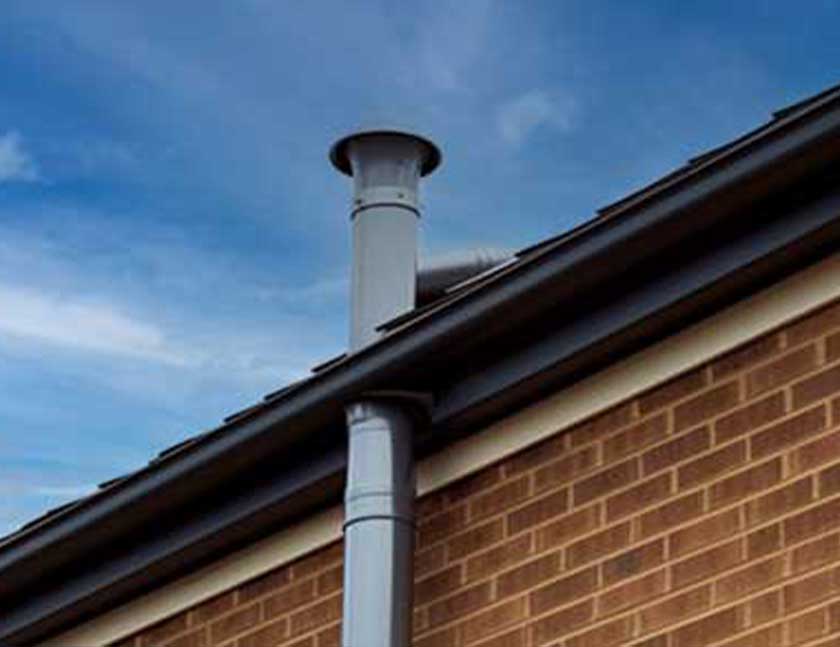
Soil vent pipes play a crucial role in preventing foul odours and harmful gases from permeating living spaces.
By allowing the release of noxious gases into the open atmosphere instead of trapping them within the plumbing system, soil vent pipes contribute significantly to indoor air quality.
Proper ventilation ensures that any unpleasant smells originating from sewage or other sources are directed outside the building, maintaining a pleasant and healthy indoor environment.
Enhanced Drainage Efficiency
Proper venting through soil vent pipes ensures smooth drainage in the plumbing system.
By allowing air to enter, the pipes remain balanced, facilitating the efficient flow of wastewater.
This results in faster drainage, reducing the chances of blockages and backups.
Enhanced drainage efficiency is particularly crucial in high-occupancy buildings where substantial water usage is common.
Disadvantages of Using a Soil Vent Pipe
While soil vent pipes are integral components of plumbing systems, their implementation does come with certain challenges and disadvantages.
It’s essential to understand these aspects to make informed decisions about their use. Here’s a detailed exploration of the disadvantages associated with soil vent pipes:
Complex Installation
Especially in Existing Buildings, installing soil vent pipes can be intricate and labour-intensive.
Retrofitting these pipes into established structures often requires careful planning and precise execution.
The complexity of the installation process can lead to increased labour costs and potential disruptions to the building’s occupants.
Risk of Blockages and Damage
Soil vent pipes are vulnerable to blockages due to various factors, including debris accumulation, sediment buildup, or external factors like tree roots infiltrating the pipes.
Blockages can impede the flow of wastewater, leading to drainage problems, backups, and potential water damage within the building.
Moreover, these pipes can be damaged due to age, wear, or external factors, further compromising their functionality.
Foul Odours and Health Concerns
If a soil vent pipe becomes blocked or damaged, foul odours from trapped gases can infiltrate living spaces.
These odours not only create discomfort but also pose potential health concerns. Inhaling sewer gases can lead to respiratory issues and allergic reactions, making it crucial to address any blockages or damages promptly.
Maintenance Challenges
Regular maintenance is essential to prevent and address issues related to soil vent pipes.
Ensuring these pipes remain free from blockages and damages requires consistent inspection and cleaning, which can be time-consuming and may involve hiring professional plumbers.
Neglecting maintenance can lead to more significant problems over time, emphasising the importance of proactive care.
Aesthetic Considerations
Soil vent pipes, especially those located externally, can affect the aesthetics of a building.
Their visibility on the exterior can be a concern for architectural designs aiming for a seamless and uncluttered appearance.
While this is a relatively minor concern compared to functional issues, it’s worth considering, especially in residential or commercial properties where visual appeal holds significance.
Alternatives to Using a Soil Vent Pipe
The ever-changing landscape of plumbing innovations have paved the way for alternatives to traditional soil vent pipes.
These alternatives offer efficient and often more flexible solutions to venting challenges. Let’s explore these innovative options in detail:
Air Admittance Valves (AAVs)
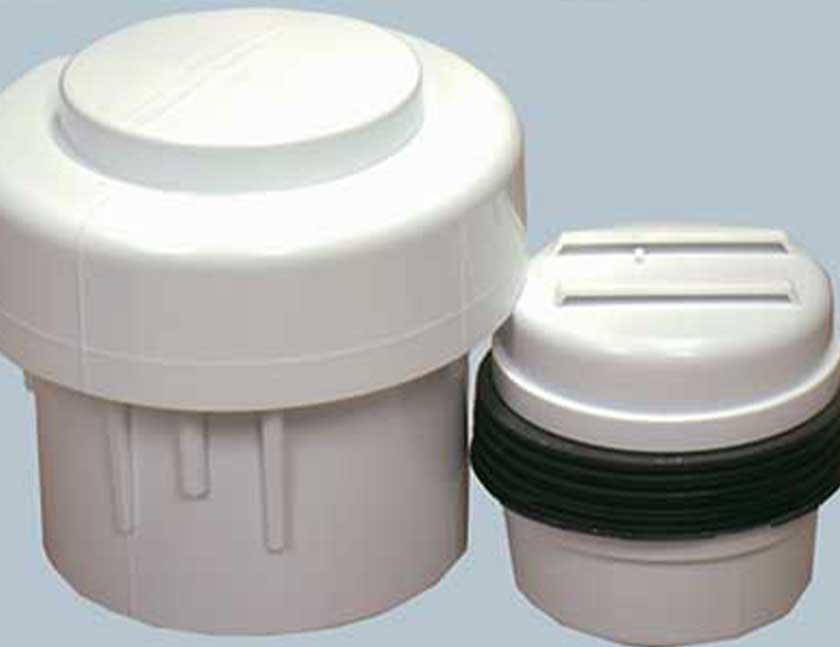
AAVs, as the name suggests, are specialised valves that admit air into the plumbing system to prevent negative pressure.
When fixtures such as sinks, toilets, or showers drain, they create a vacuum.
AAVs open to allow air into the system, balancing the pressure and ensuring traps do not syphon dry.
These valves are especially useful in situations where traditional venting is challenging or impractical, such as in remodels where adding vent pipes might be structurally complex or aesthetically undesirable.
Mechanical Air Vents
Mechanical air vents, often referred to as automatic air vents, are devices that automatically release air from the plumbing system when necessary.
These vents are equipped with floats or diaphragms that respond to air accumulation.
When air builds up in the system, indicating a negative pressure situation, the vent opens, allowing air to enter.
Once the pressure equalises, the vent closes, preventing any loss of water from traps.
Mechanical air vents are commonly used in hydronic heating systems and can be adapted for plumbing applications.
Positive Pressure Venting Systems
Positive pressure venting systems operate by introducing positive air pressure into the drainage system.
This positive pressure prevents the formation of negative pressure, eliminating the risk of syphoning traps.
These systems are designed to maintain continuous positive pressure, ensuring consistent venting across the plumbing network.
Positive pressure venting is especially useful in high-rise buildings where traditional venting might face challenges due to vertical distances and complex layouts.
Chemical Drain Cleaners
In some cases, where installing physical vents is challenging, chemical drain cleaners can be used.
These cleaners help break down blockages within the pipes, ensuring efficient drainage and preventing the formation of negative pressure.
While this is a temporary solution and not a substitute for proper venting, it can provide relief in emergency situations until a permanent venting solution is implemented.
Conclusion
In the complex network of pipes in our buildings, the soil vent pipe plays an indispensable role.
From preventing foul smells to ensuring efficient drainage, it stands as a crucial element, safeguarding our living spaces against plumbing challenges.
While it presents complexities, ongoing innovations are paving the way for more efficient and versatile venting solutions.
Understanding the significance of venting in plumbing goes beyond ensuring functionality; it’s about fostering a home where fresh air flows as freely as water.

